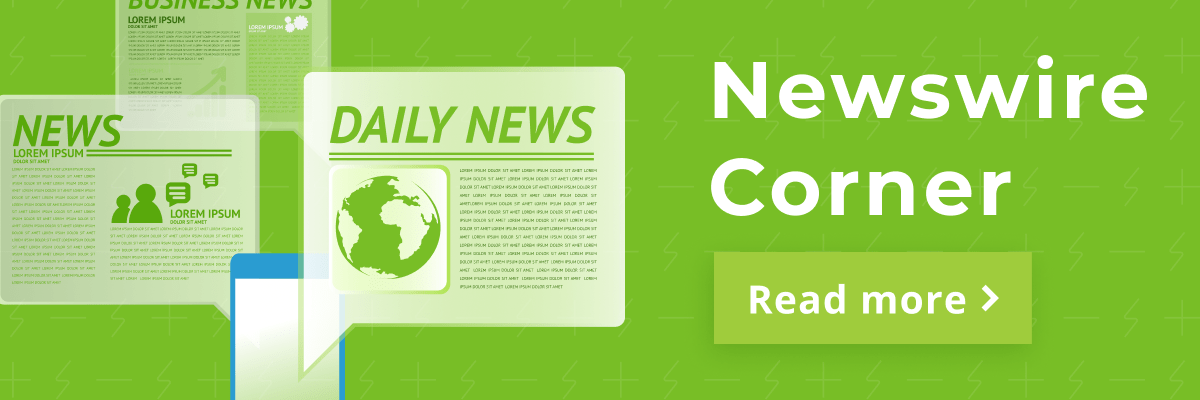Sign up for daily news updates from CleanTechnica on email. Or follow us on Google News!
Low-income and rural communities are often the most negatively impacted by pollution and poor air quality. But these communities are being left out of the advancements in clean transportation that help alleviate this issue. Despite their benefits, the adoption of EVs has been largely concentrated in affluent areas.
This discrepancy is not only due to limited access to vehicles and charging infrastructure but also because members of these communities are not receiving exposure to these vehicles and their benefits. EVs have not been marketed effectively to these populations. As a result, many in these communities lack firsthand experience with EVs, which impedes their adoption. Addressing this gap is crucial for promoting environmental and transportation equity
“It was so helpful to finally be able to see, touch, and drive a selection of EVs. Because of my remote location, I couldn’t get beyond internet info. This time next year I’ll be driving electric thanks to your help,” said Susan Badger-Jones at a ride and drive conducted by Forth at La Grande, Oregon in 2023.
Effective EV outreach programs prioritize proactively visiting and interacting with rural, low-income, and underserved communities as the first step in removing barriers and making clean transportation accessible to all.
Forth’s recently published “Best Practices for EV Outreach” provides guidelines to help ensure that the benefits of EVs are shared equitably and enhance public health.
Ten key takeaways are excerpted here:
- Build robust partnerships: This is the cornerstone of successful EV outreach. Engaging with community-based organizations, local government bodies and economic development agencies can significantly enhance the reach and impact of outreach programs. Establishing trust through consistent and respectful engagement with community leaders, especially in underserved areas, is crucial. These relationships should be nurtured long before any outreach events are planned.
- Design Consumer-Friendly Events: Outreach events must be tailored to meet the specific needs of the community. Providing clear, accessible information about EVs in multiple languages and through various channels ensures that the message reaches a broad audience. Events should be interactive, offering hands-on experiences like ride-and-drive opportunities to demystify EV technology and highlight its benefits.
- Leverage Utility Relationships: Electric utilities are valuable allies in promoting EV adoption. They can provide educational resources, funding and support for outreach events. Collaborating with utilities to create customer-centric resources and engaging them in leadership workshops can help align their goals with community needs and enhance the effectiveness of outreach programs.
- Network with Auto Dealers and EV Associations: Establishing strong connections with local auto dealers and electric vehicle associations can help reduce the costs associated with outreach events. Dealers can loan vehicles for test drives and associations can provide additional resources and support. These partnerships also facilitate better consumer education about EV options and financing.
- Address Myths and Misconceptions: Public campaigns that address common myths about EVs are essential. Creative strategies, such as Veloz’s “Electric for All: Myths Busting Myths” campaign, use humor and familiar cultural references to dispel misconceptions. Such initiatives can drive significant traffic to educational hubs where consumers can access reliable information about EVs.
- Focus on Equity and Inclusion: Outreach programs must prioritize the needs of low-income and historically underserved communities. This involves creating programs that are accessible and beneficial to these groups, offering incentives that are tailored to their financial situations and ensuring that all community members have equal access to EV information and opportunities.
- Provide Comprehensive Education on Incentives: Many potential EV buyers are unaware of available incentives. Outreach programs should educate consumers about tax credits, rebates and other financial benefits that can make EVs more affordable. Highlighting how to stack these incentives can help bridge the price gap between EVs and traditional vehicles.
- Develop Strong Messaging Strategies: Effective communication is key to successful outreach. This includes creating clear, engaging and culturally relevant messaging that resonates with diverse communities. Utilizing various media platforms to disseminate information can help reach a broader audience and reinforce the benefits of EV adoption.
- Engage in Community-Based Listening Sessions: Listening to the community’s concerns and needs is vital. Organizing sessions where community members can voice their questions and feedback helps tailor the outreach programs to address specific barriers and misconceptions. This approach fosters trust and ensures that the program is truly community-centric.
- Monitor and Adapt Strategies: Continuous evaluation and adaptation of outreach strategies are essential for long-term success. Collecting data from post-event surveys and other feedback mechanisms helps understand the program’s impact and areas for improvement. Flexibility in adjusting tactics based on community responses ensures the program remains effective and relevant.
By following these recommendations, EV outreach programs can become more inclusive, effective and sustainable, ultimately accelerating the transition to electric mobility and contributing to a cleaner environment.
By JR Anderson, Program Manager at Forth
Have a tip for CleanTechnica? Want to advertise? Want to suggest a guest for our CleanTech Talk podcast? Contact us here.
Latest CleanTechnica.TV Videos
CleanTechnica uses affiliate links. See our policy here.
CleanTechnica’s Comment Policy





